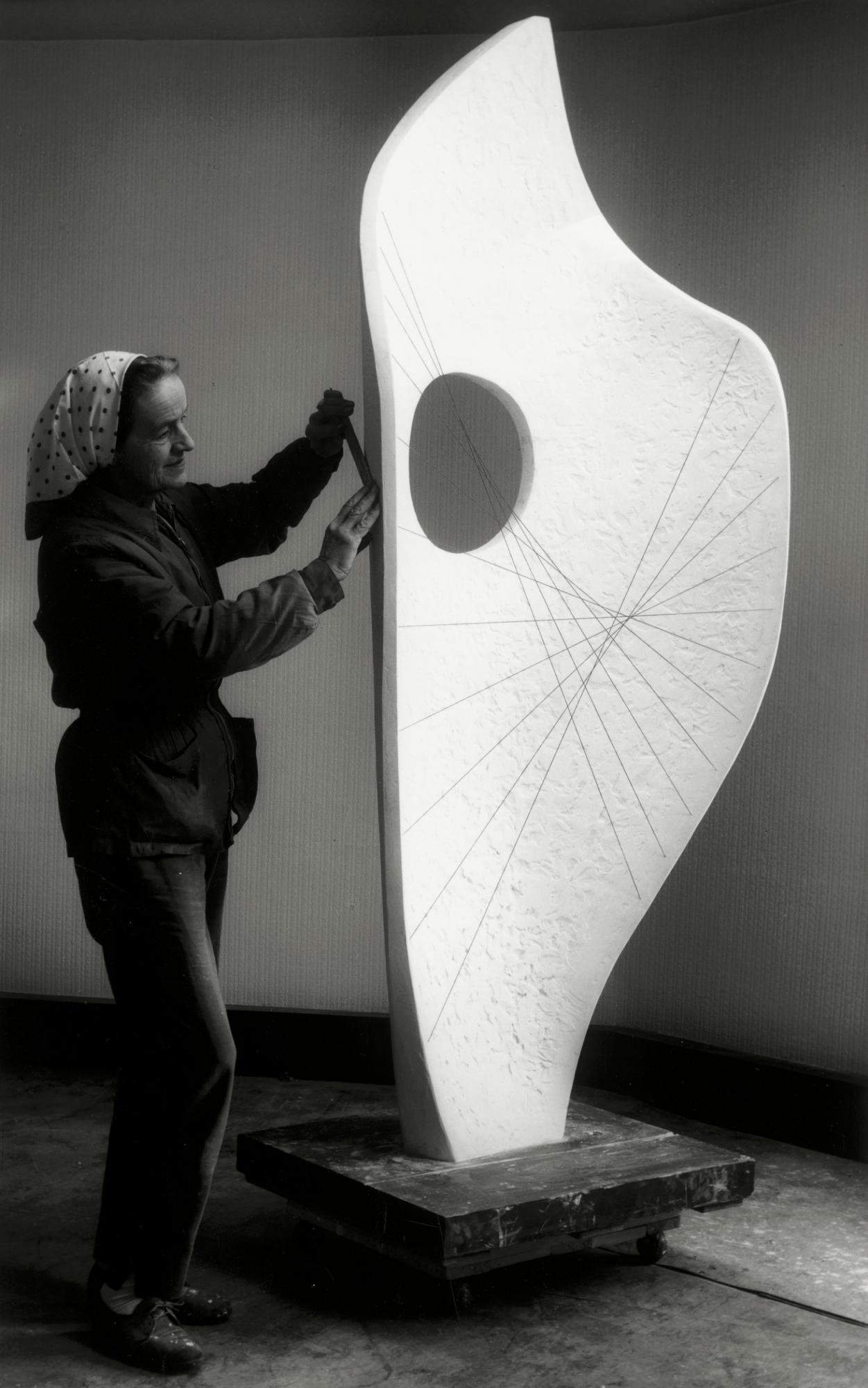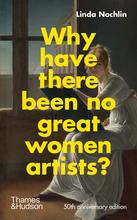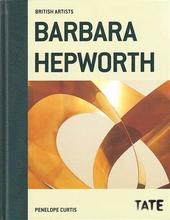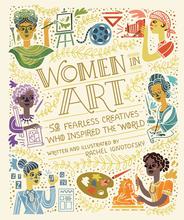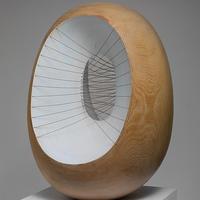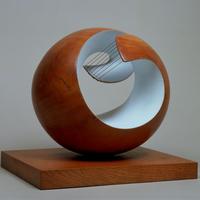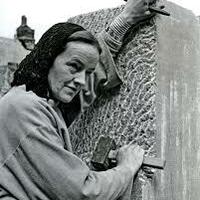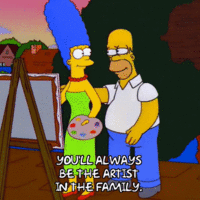More about Barbara Hepworth
- All
- Info
- Shop
Works by Barbara Hepworth

Contributor
Barbara Hepworth was a dominant force in the 20th century art world in spite of the fact that she was always being compared to nasty men.
It all began in Yorkshire, England driving around the countryside with her father. Hepworth described Yorkshire as a “curiously rhythmic patterning of cobbled streets...most ungracious houses dominated by slagheaps, noise, dirt and smell,” which sounds way harsh, but was actually the inspiration for the art she made throughout her life.
Although she grew up in rural England, Hepworth was no country bumpkin. She received a scholarship to Leeds School of Art where she met fellow artist, Henry Moore, who – side note – stole all of her recognition to the point that people thought that she was Moore’s student. Oh, to be a woman in the early 20th century. But she didn’t let the patriarchy get her down. She later received another scholarship to the Royal College of Art after which she won a traveling scholarship to Rome.
It was in Rome that she met fellow artist and future husband, John Skeaping. He was kind of a deadbeat, though. In his autobiography he wrote, “Barbara was very unsexy and I was just the opposite.” So he packed up all of his sexiness and he and Barbara got a divorce. Barbara got over it really quickly though and that same year, married Ben Nicholson who was a wayyy better husband. They traveled around France together and visited the studios of artists such as Pablo Picasso, Constantin Brancusi and Jean Arp and settled in Paris. But when the war broke out and they had triplets (wowza) they moved to St. Ives, Cornwall, England (where they filmed part of the movie, About Time (if you haven’t seen it then you should)). This is where Hepworth lived the rest of her life and died in a fire in her own house, which is a shame because her art, much like her house, was on fire. (Too soon?)
In terms of legacy, Hepworth is especially badass because she was the female-equivalent of knighted. She was dubbed Dame Commander of the Order of the British Empire, which is more than any of her male counterparts could say. She was quoted, “I rarely draw what I see – I draw what I feel in my body” which is exactly what most of her sculptures look like…internal organs.
Featured Content
Here is what Wikipedia says about Barbara Hepworth
Dame Jocelyn Barbara Hepworth DBE (10 January 1903 – 20 May 1975) was an English artist and sculptor. Her work exemplifies Modernism and in particular modern sculpture. Along with artists such as Ben Nicholson and Naum Gabo, Hepworth was a leading figure in the colony of artists who resided in St Ives during the Second World War.
Born in Wakefield, Yorkshire, Hepworth studied at Leeds School of Art and the Royal College of Art in the 1920s. She married the sculptor John Skeaping in 1925. In 1931 she fell in love with the painter Ben Nicholson, and in 1933 divorced Skeaping. At this time she was part of a circle of modern artists centred on Hampstead, London, and was one of the founders of the art movement Unit One.
At the beginning of the Second World War Hepworth and Nicholson moved to St Ives, Cornwall, where she would remain for the rest of her life. Best known as a sculptor, Hepworth also produced drawings – including a series of sketches of operating rooms following the hospitalisation of her daughter in 1944 – and lithographs. She died in a fire at her studio in 1975.
Check out the full Wikipedia article about Barbara Hepworth

